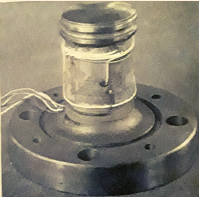Figure shows the inside of a column-type loadcell. The positions of the foil type active
and passive strain gauges and their connections can clearly be discerned. These gauges
together with their trimming and temperature compensating resistors are wired into a
Wheatstone bridge network. The column and base are machined from a one piece
forging of special heat-treated high tensile steel.
Since that time, however, strain gauges have proliferated both as mechanical scale components and in
stand-alone load cells. Today, except for specific laboratories where precision mechanical balances are still
used, strain gauge load cells dominate the weighing industry.
Resistance Strain Guage Loadcells
The loadcell is completed by a cast iron case which encloses the gauged portion, being sealed by O-rings at
the top using the machined grooves. The case also carries the output cable socket.
The typical cell having a nominal capacity of 20 tons is about 3.5 inches high including the cap and suffers a
compression of about 0.006 inch at full load to give an output of some 18mV with a standard input of 10V.
An 800 tons cell would be about 17.5 inches high and would compress about 0.025 inch for a similar output.
Combined errors are claimed not to exceed + or- 0.1%.
The problems of non-axial loading almost disappear if the loadcell can be used
in tension instead of compression. In many cases this is not convenient, but
when it is, loadcells of the kind illustrated in fig. are available for the purpose.
Archives
Recent Posts
December 13, 2024
August 30, 2024
August 28, 2024
Products
-
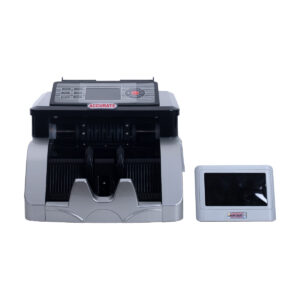 AMV 33 Value Counting 3D Scanner
₹5,000.00
AMV 33 Value Counting 3D Scanner
₹5,000.00
-
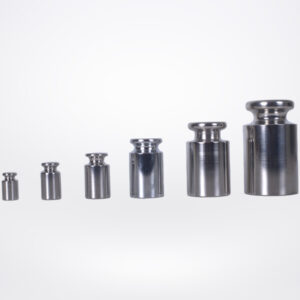 SS Stone Weight
₹400.00
SS Stone Weight
₹400.00
-
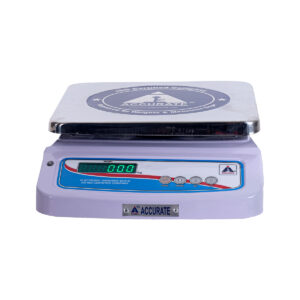 ATB / ATC - E Series Without Pole
₹3,000.00
ATB / ATC - E Series Without Pole
₹3,000.00
-
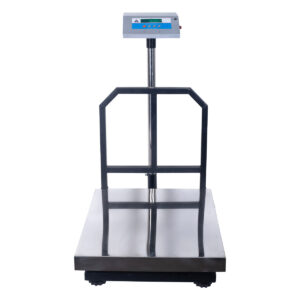 SS PAN - Metal Indicator
₹3,000.00
SS PAN - Metal Indicator
₹3,000.00
-
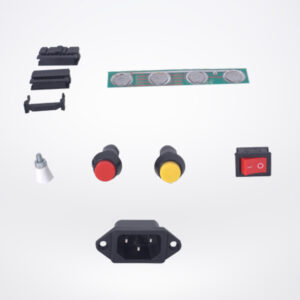 Elcom Switches
₹3,000.00
Elcom Switches
₹3,000.00
Newsletter
Subscribe to our mailing list to get the new updates!
